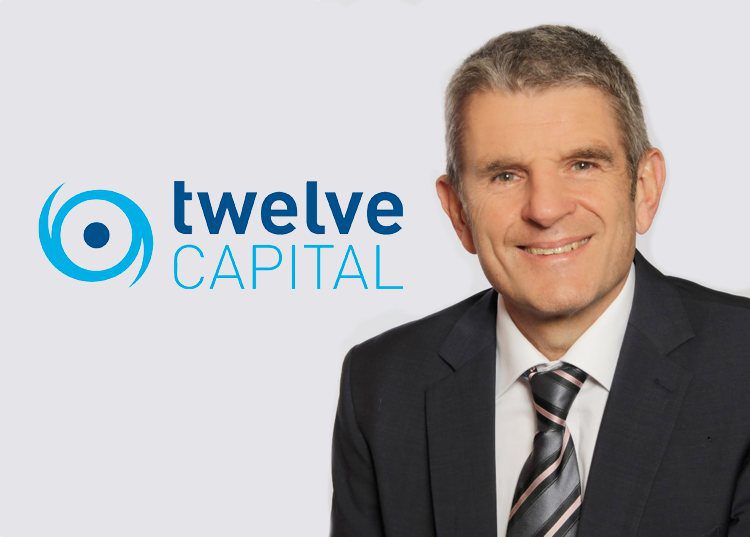Private ILS interest rising, enhances scope of investment options: Grandi, Twelve Capital

Interest in private ILS opportunities, so collateralised reinsurance and retrocession arrangements, has been rising and continues to, Marcel Grandi of Twelve Capital believes. He also thinks these instruments afford an investment manager more scope, in terms of investment options beyond catastrophe bonds and tailoring portfolios.
Marcel Grandi, Head of ILS Sourcing at Zurich-headquartered insurance-linked securities (ILS), catastrophe bond and reinsurance investment manager Twelve Capital, spoke with Artemis in an interview around this year’s Monte Carlo Rendez-Vous event.
He explained that Twelve Capital has been increasing its focus on private ILS having reshaped its private ILS strategy some four years ago now and also successfully applied this in co-mingled funds alongside cat bonds.
“Twelve Capital has a bespoke private ILS approach with a focus on the Retro market via event based excess of loss structures to access peak perils in a narrow definition. We are trying to avoid diversification into secondary perils or non-peak risks,” Grandi said. “Twelve Capital is abstaining from proportional arrangements as sidecars. Within commingled strategies we try to select the best priced risks regardless of format. In this context private ILS is enhancing the scope of options of investing in insurance risks.”
The investment manager sees interest rising in private ILS from end-investors, so in seeking to meet that is out in the market with specific strategies targeting the end of year reinsurance renewals.
Grandi explained, “For the 1/1 2025 renewal we are in the market with a bespoke stand-alone private ILS strategy with closed end type features as well as co-mingled funds with private ILS complementing cat bond investments.”
He noted that the renewals could be competitive if hurricane season losses remain relatively minimal, as seen so far this year.
But Grandi still expects interest to continue increasing for private ILS strategies and for cedents to seek access to efficient, well-structured collateralized reinsurance and retrocessional capacity.
He moved on to explain, “Poor performance of private ILS strategies between 2017 and 2020 has shifted investor interest into cat bonds which have outperformed private ILS in that period and have the liquidity advantage. It took a while for the private ILS market to recover. Interest in private ILS strategies has further gained traction in 2024.
“Private ILS strategies sticking to simple event based structures with named peak natural perils and a focus in the tail of the reinsurance protection could deliver convincing results in excess of 16% p.a. over the last couple of years. Appropriate top layer occurrence structures avoided locked collateral situations even after headline events as Ida, Berndt and Ian. Markets abstained from soft market structures as low attaching aggregates with no or low franchise deductibles or complex top and drop or cascading structures. Wordings were improved and the scope of coverage was narrowed.”
No discussion of collateralized reinsurance or retro and private ILS would be complete without a mention of collateral release mechanisms and trapping.
Grandi feels progress has been made, but that more needs to be done.
“Improvements in the collateral release mechanics of private ILS structures are still desirable to further minimize any discretion in the ongoing UNL calculation relevant for the buffer calculation and achieve the same transparency and objective standards as in cat bonds,” he explained.
Adding, “In this context the question of an explicit extension premium reflecting the part of the locked collateral exceeding the actual UNL threshold may be up for discussion again in order to align collateralized Re with cat bonds.”
Some ILS managers have already been pushing for extension premiums on private ILS, with some success as well and this is a key area of continued focus for many in the market.
All of which means, market and investment conditions for private ILS remain very attractive and are greatly improved, while these improvements to contract terms and conditions have driven far better results to those private ILS portfolios that have persisted through recent years.
Those conditions are likely to continue, with market participants not expecting dramatic widening of terms at the renewals, all making conditions very attractive for investors at this time.
“The outlook of a stable high rate environment and confidence in the underwriting discipline of markets is expected to further enhance the investor sentiment as long as private strategies can deliver excess returns and an illiquidity premium to cat bonds,” Grandi told us. Adding, “The risk return profile of private ILS strategies may ideally be positioned above the average risk metrics of cat bonds with a focus on peak events and avoiding non headline events.”
Read all of our interviews with ILS market and reinsurance sector professionals here.






